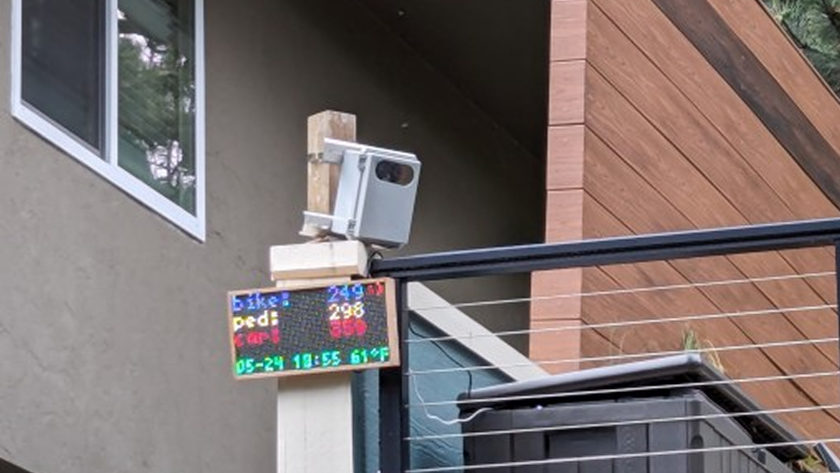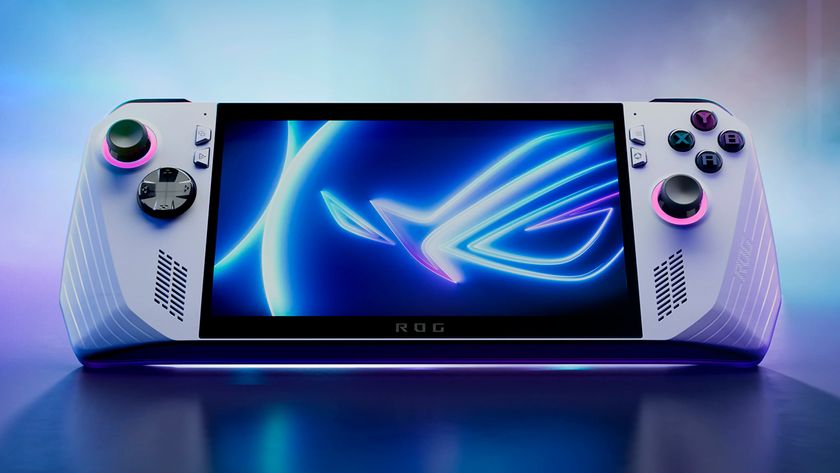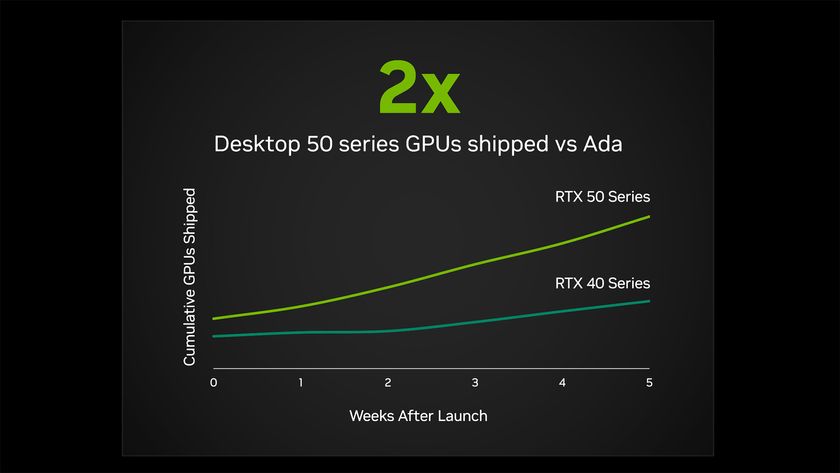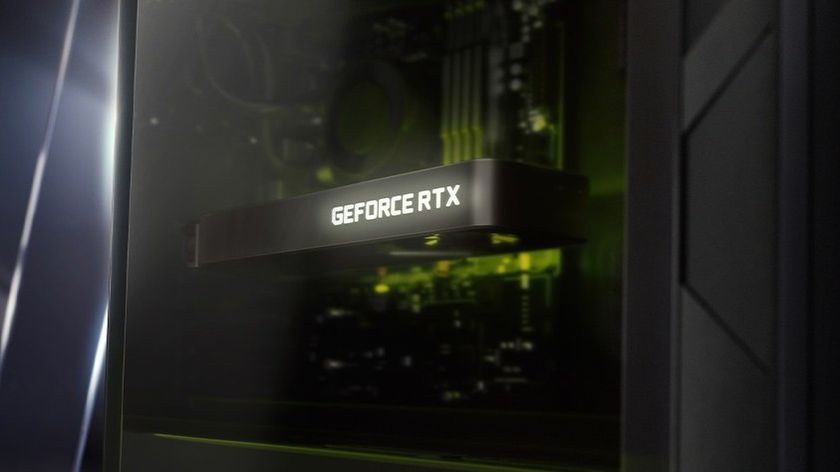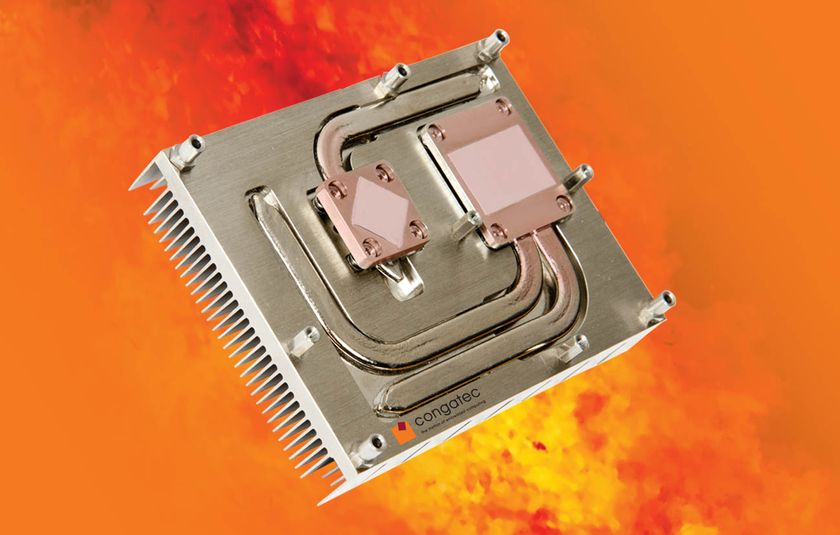LattePanda Reveals 3 Delta SBC With Intel and Arduino
A lot of chips for a single board
LattePanda, a Chinese electronics manufacturer that has released two generations of single-board computers with Intel CPUs, has taken the covers off its latest product, the LattePanda 3 Delta, which is now on sale following some teasing from the brand’s Twitter account and a Kickstarter campaign last year.
It’s no shock to discover that the board uses an Intel CPU, and the new board follows its predecessors by also sporting an Arduino Leonardo coprocessor. This unusual addition is an ATmega32u4 (a RISC-based microcontroller) with built-in USB, and can appear to the connected computer as a keyboard and mouse, as well as a virtual COM port.
Slightly larger than a Raspberry Pi at 125 x 78 x 16mm (4.9″ x 3.1″ x 0.6″), the 3 Delta can run desktop versions of both Linux and Windows, the Celeron N5105 (four Jasper Lake cores, four threads, boosting to 2.9GHz and drawing 10W) is backed by 8GB of RAM and 64GB of eMMC. You can slot an M.2 NVME SSD into one of its slots, while the other is compatible with SATA drives or mobile data modems. There's Wi-Fi 6 and Bluetooth 5.2 onboard, an HDMI, gigabit Ethernet, three USB 3.2 Type-A ports — one of which is a 10Gbps Gen 2 — and a Type-C port for power (there’s a separate 12v input), data, and DisplayPort. There's also a 3.5mm audio/mic jack.
GPIO pins run down both sides of the board, with Arduino and BIOS pins, including 3.3v and 5v power output on one side, and RS232, USB 2, I2C, audio and system control pins on the other. The CPU requires active cooling, so there's a fan header at one end, and with the shroud-like blower cooler attached the board looks rather like a small graphics card, or the inside of an old Mac Mini.
With the ability to run Windows (we’d be more inclined to put a lightweight Linux distro such as Mint’s Xfce Edition on it, but we’re weird like that) the possibilities of what to do with the board are endless — especially when you take the Arduino and the compatibility with 4K touchscreens into account. The need for active cooling, however, means it may not be entirely silent.
Stay On the Cutting Edge: Get the Tom's Hardware Newsletter
Get Tom's Hardware's best news and in-depth reviews, straight to your inbox.

Ian Evenden is a UK-based news writer for Tom’s Hardware US. He’ll write about anything, but stories about Raspberry Pi and DIY robots seem to find their way to him.
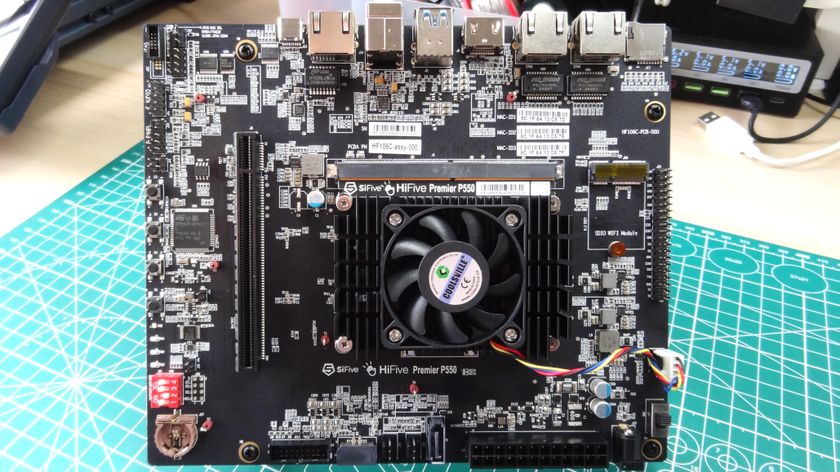
SiFive HiFive Premier P550 Review: High RISC
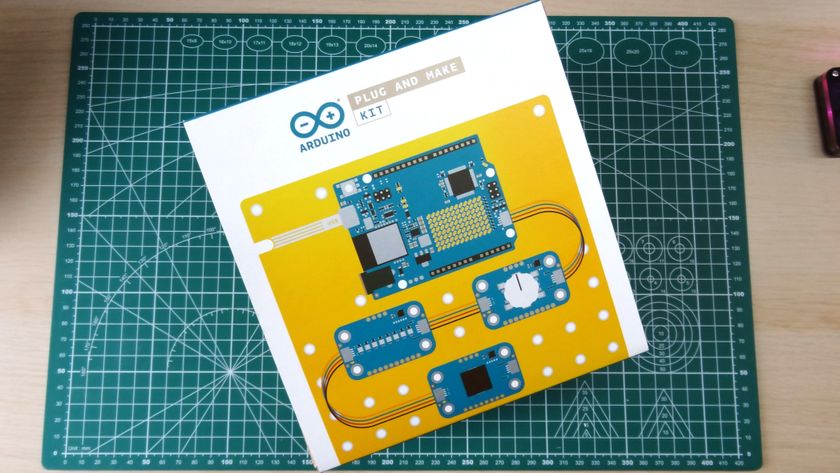
Arduino Plug and Make Kit Review: The Kit to start your journey

